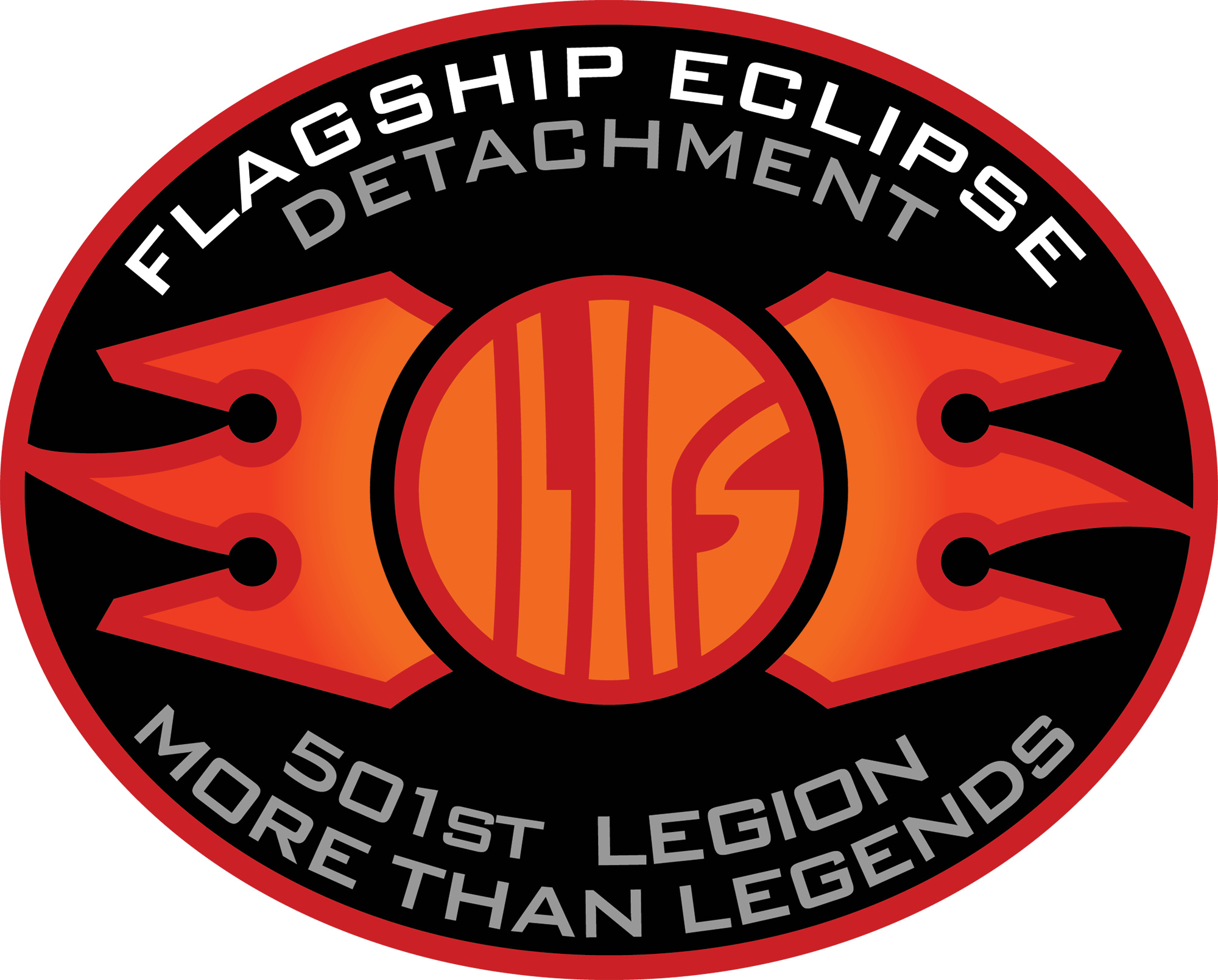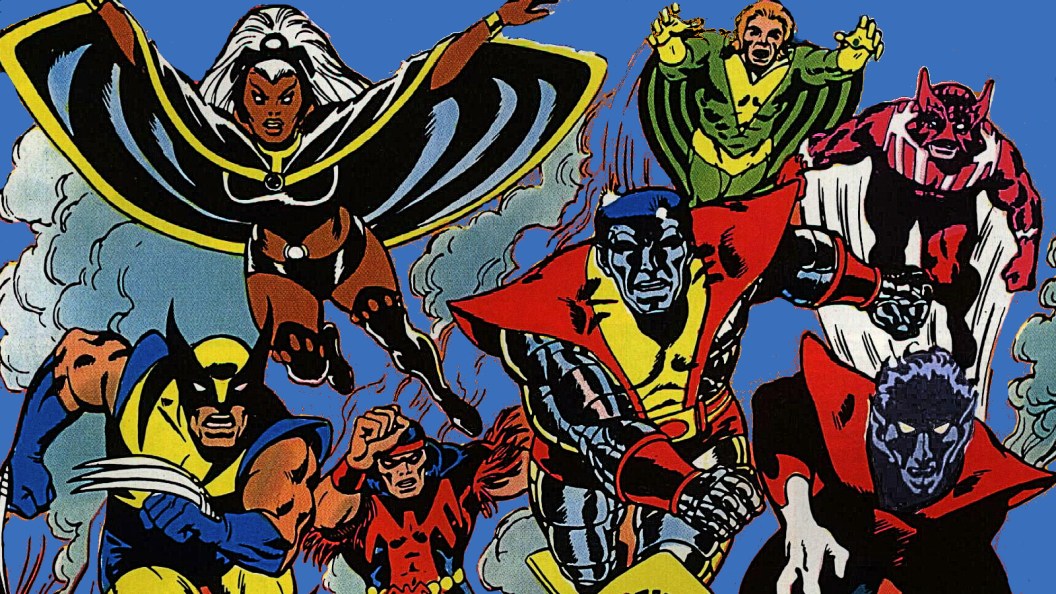
Like Generation X superhero fans whose first exposure to comic books came in the 1970s and early 1980s, the Bronze Age of superhero comic books occupies a unique space between the Golden and Silver Ages that came before and the Modern Age that came after it. Often regarded as a bridge between the Golden and Silver Ages — periods celebrated for the groundbreaking birth and creatively explosive rebirth of the superhero genre — and the Modern Age, which expanded the superhero universe and introduced the dark anti-hero into mainstream pop culture, the genius and significance of the Bronze Age are frequently overlooked and rarely receives the recognition it deserves.
To be sure, the Bronze Age was far more than just a “transitional era;” it was an essential period of creative evolution without which the superhero genre and superhero comics would likely not be as popular and profitable as they are today. However, this raises an important question: why doesn’t the Bronze Age receive more appreciation? Why is it so underrated?
The Bronze Age Was More Than Just Filler
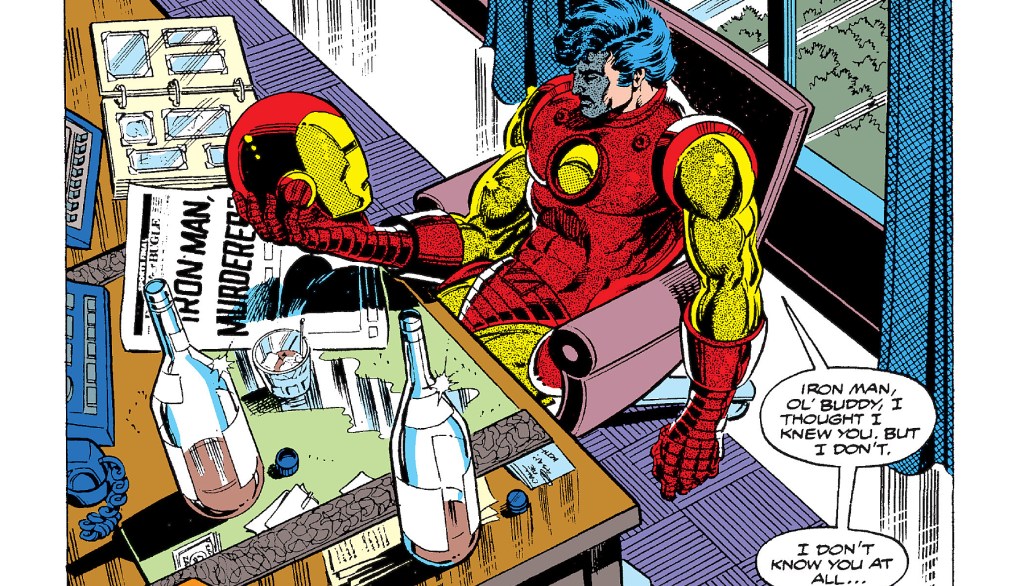
The Bronze Age refers to the 15 years in superhero comic book history between 1970 and 1985. These were the comic books that most of Generation X grew up with and which heavily influenced their perspective on the superhero genre. Like any “age” in comics, the Bronze Age reflected the era in which it was created. It was a time marked by Cold War tensions between the United States and the Soviet Union, international conflicts such as the Vietnam War and the Iranian Hostage Crisis, and domestic issues like social unrest, government corruption, widespread skepticism of authority, and an intensified push for civil and social rights.
Most significantly for superhero comics, young people — still the majority of the comic book-reading audience at the time — were increasingly engaged with the major social issues of the day. In response, comic books began to mature alongside their readers. This evolution occasionally provoked backlash from the community, including resistance from the once-dominant Comics Code Authority. Nevertheless, creators and publishers pressed forward, determined to reflect the complexities of the real world in their stories.
The Bronze Age of comic books marked a significant shift from the “flash and pop” of the Silver Age, moving towards more mature, character-driven stories. These narratives were often serious and gritty, frequently addressing complex social issues. This period’s most significant evolution was an increasing maturity in the stories it told, transforming comic books from an escape into a reflection of reality.
For example, iconic characters like Captain America, who in earlier ages showed unwavering faith in institutions, began to display a loss of faith. The Bronze Age also tackled difficult subjects such as drug and alcohol abuse, famously depicted in Tony Stark’s battle with alcoholism. Heroes like Green Arrow expanded their focus beyond crime-fighting to address issues like urban decay and pollution. This era also saw an explosion of diversity, introducing characters such as Shang-Chi, John Stewart, Luke Cage, Storm, Ms. Marvel, and Raven.
The Bronze Age Was Great, But Not Glamorous
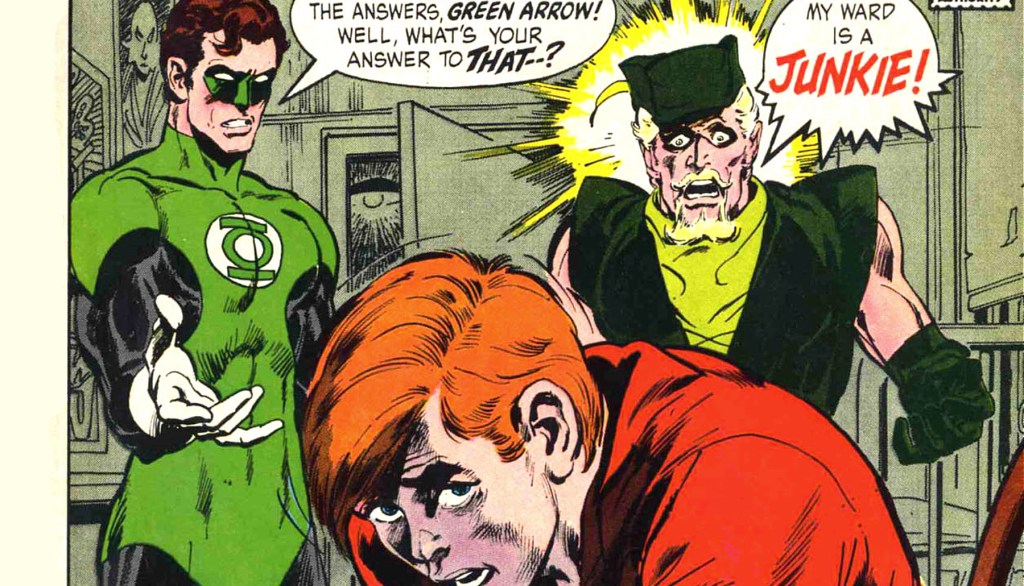
Since the Bronze Age laid the foundation for much of what the Modern Age would later build upon, it’s remarkable that it remains one of the most underrated eras in superhero comic book history. Interestingly, this lack of recognition has less to do with what the Bronze Age lacked and more to do with what the other eras offered.
While the Bronze Age introduced a number of notable “firsts,” they were never as iconic as the original debuts of characters like Batman, Superman, or the Fantastic Four. Nor were its reinterpretations as radical as the Modern Age’s bold experiments — think Frank Miller’s The Dark Knight Returns or Alan Moore’s Watchmen. In other words, the Bronze Age had fewer widely recognized “defining moments” that fans and the general public could easily point to as emblematic of the era. To truly appreciate its brilliance, you either had to grow up reading those stories as they were released or revisit them later with a discerning eye.
Bronze Age Comics Are Worth Exploring
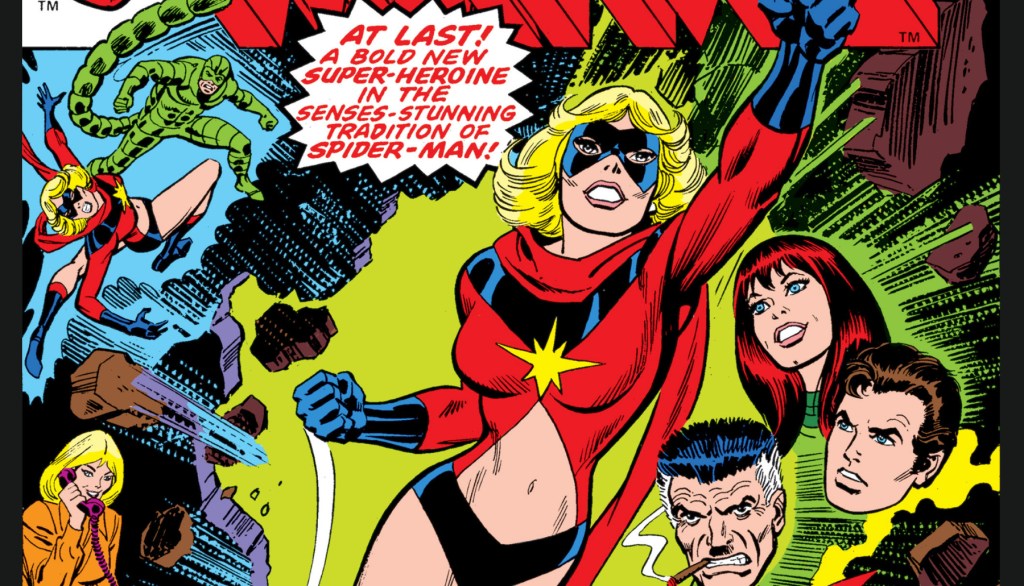
Second, the Bronze Age not only lacked a wealth of defining moments, but it also lacked a defining theme. The Silver Age was centered on the rebirth of the superhero and the optimism they brought to entertainment — think the Batman television series. The Modern Age has been defined by its complex exploration of heroism and villainy. The Bronze Age, however, encompassed everything from the campy to the gritty, and nearly every theme in between. While this thematic diversity is part of the era’s brilliance, it also makes it harder for fandom to view it as exceptional or to recognize the era as cohesive.
Indeed, while every era involves some degree of experimentation, the Bronze Age featured a much broader and more significant level of it. Beyond thematic innovation, there was also a strong push for creative experimentation — authors and artists enjoyed greater flexibility, and independent publishers began to emerge. While many excellent ideas were realized as a result, the missteps of DC and Marvel were particularly noteworthy. As a result, casual fans found it hard to appreciate the era’s merits, while pinpointing its problems was quite easy.
Last but not least, the Bronze Age has not received as much exposure in the public eye as other eras. This is largely due to the popularity of film, television, and video game adaptations of original Golden and Silver Age superheroes, as well as Modern Age deconstructions of those same characters. These adaptations have sparked renewed interest in the comics from those earlier periods. While many of these adaptations feature iconic Bronze Age heroes like Wolverine and Shang-Chi, their portrayals are often more reflective of Modern Age reinterpretations than of the original Bronze Age context. For instance, the representations of Luke Cage and Ms. Marvel in film and TV nowadays do not capture much of their Bronze Age essence.
Despite not receiving the recognition given to other eras, it’s important to emphasize that the Bronze Age is an incredibly rich and rewarding period for those willing to explore it. It is where many Golden and Silver Age characters truly came into their own, where complex themes became standard, and the groundwork was laid for the more mature and nuanced era that followed.
Why do you think the Bronze Age is so underrated? Tell us in the comments.
The post The Bronze Age of Comics Is Highly Underrated. Why? appeared first on ComicBook.com.
